Pastel Supplies
Uncover our range of Pastels at Discount Art & Craft Warehouse.
We believe that art should be accessible and available to everyone within every budget. Whether you are a professional or a beginner, we aim to provide you with exactly what you need! We stock a wide range of Pastels from the biggest art brands around, including Derwent, Reeves, Winsor & Newton, Faber-Castell, Art Spectrum, Copic, Matisse and many more.
We deliver Australia-wide so you can shop in the comfort of your own home.
Rembrandt Soft Pastels
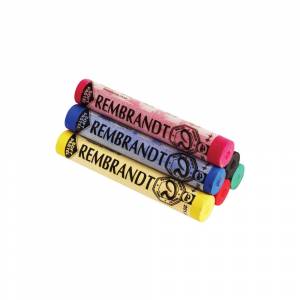
Pastels
ONLY $6.25
Art Spectrum Pastel Sets
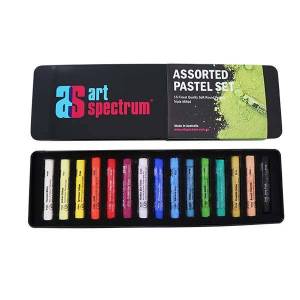
Pastels
NOW $90.70
Rembrandt Soft Pastel Sets
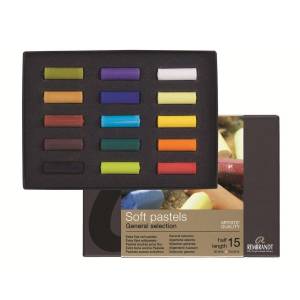
Pastels
FROM $62.50
Conte A Paris Pastel Sketching Pencils

Pastels
ONLY $6.85
Conte A Paris Carre Crayons

Pastels
ONLY $5.25
Derwent Inktense XL Blocks Tin Sets
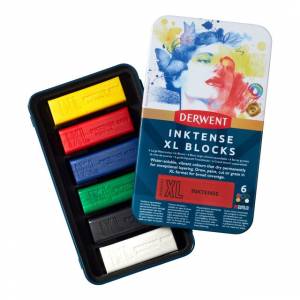
Pastels
FROM $66.15
General's Chalk Sticks Set 4 Earth tones

Pastels
NOW $13.40
Reeves Soft Pastel Packs
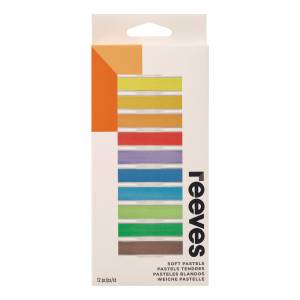
Pastels
FROM $33.60
Micador Water Soluble Oil Pastels
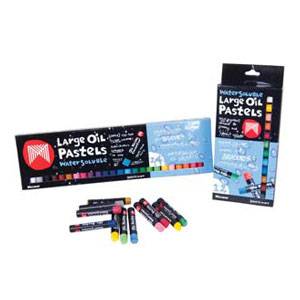
Pastels
FROM $7.40
Micador Soft Square Pastels
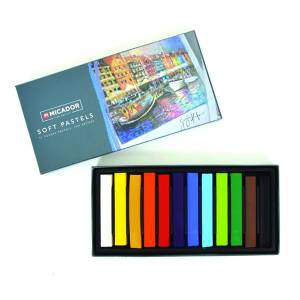
Pastels
FROM $21.00
Micador Oil Pastels Class Packs
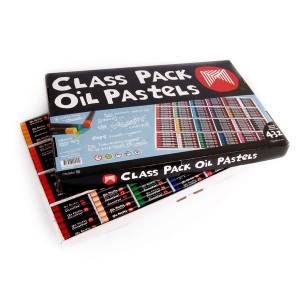
Pastels
FROM $171.15
Derwent Pastel Pencil Sets
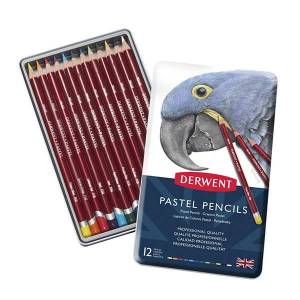
Pastels
FROM $39.95
FAQs about Pastel Supplies
What Are Pastel Colours?
Pastels belong to a pale family of hues that, in the HSV colour space, have a high value and low saturation. Pastel colours have a softer look than their bright, more saturated colours and are typically described as “soft,” “washed out,” or “pale".
How To Layer Soft Pastels?
A touch of pastel may be placed on a finger and lightly tapped into an area when a light scent of colour is desired in a specific location. A workable fixative can also be used to lay down a pastel layer ahead of subsequent pastel layers. Experiment with lightly scratching the top layer with a blunt tool to reveal underlying layers if heavy.
How To Use Oil Pastels?
Use a soft brush to apply a generous layer of oil pastel color, then add another colour on top. Continue layering and blending until you reach your desired appearance. When merging and mixing, don't be afraid to go deep - your fingers are your brushes, and you may blend and mix to create magic on the page.
What are pastels?
Pastel is a type of art medium that consists of pure powdered pigments combined with a binder, most commonly chalk or charcoal. It is made by hand, and the result is a type of coloured chalk.
What are the three types of pastels?
There are three main types of pastels: soft, oil and hard.
What are the benefits of pastels?
There are several benefits to using pastels in art. First, because of their soft consistency and creamy texture, they are one of the most versatile art mediums. Artists can use them to create rich textures, subtle shading and delicate blending effects. Second, pastels are quick drying, so artists can work on multiple pieces at the same time and avoid smudging. Finally, pastels are relatively inexpensive compared to other art mediums like oil paint. With minimal practice, artists can quickly master the basics of working with pastels and create beautiful works of art. Additionally, because pastels are so versatile, they can be used with other mediums like watercolour, chalk, and charcoal to achieve unique effects.
What surfaces can pastels be used on?
Pastels can be used on a wide variety of surfaces, including paper, canvas, board, and even some types of fabric. However, it is important to prime the surface first before you begin working on a surface with pastels. This is typically done using gesso, a type of primer that is formulated specifically to work with pastels. Once the gesso has dried, you are ready to begin applying your pastels to the surface.
What are some tips for using pastels?
Some tips for using pastels include experimenting with different types and brands to find the ones that work best for your individual needs. You should also try different surfaces to find the one that works best for your art projects. Finally, you may want to consider using other art mediums like watercolour, chalk, and charcoal to achieve unique effects with your pastel artwork. With these tips and a little bit of practice, you can become a master at using pastels to create beautiful, professional-quality pieces of art.
What is the difference between oil and soft pastels?
There are many different types of pastels, including hard and soft pastels, oil pastels, and chalk pastels. The main difference between oil and soft pastels is the type of material that they are made from. Soft pastels are typically made from a blend of pigments, wax, and other binding agents, while oil pastels are made from a mixture of pigment, wax, and linseed oil.
What is the difference between crayons and oil pastels?
There are many different types of pastels, including hard and soft pastels, oil pastels, and chalk pastels. The main difference between crayons and oil pastels is the type of material that they are made from. Crayons are typically made from a blend of pigments and wax, while oil pastels are made from a mixture of pigment, wax, and linseed oil.
What's the difference between coloured pencils and pastels?
There are many different types of pastels, including hard and soft pastels, oil pastels, and chalk pastels. The main difference between coloured pencils and pastels is the type of material that they are made from. Coloured pencils are typically made from a blend of pigments and wax, while pastels are made from a mixture of pigment, wax, and linseed oil.
What art supplies will I need when using pastels?
When using pastels, there are a few key art supplies that you will need. These include a set of high-quality pastels in a range of colours, a selection of paper or fabric surfaces to work on, and some type of gesso primer to prime the surface before you begin painting. Additionally, you may want to invest in some blending tools like blending stumps or tortillions to help you achieve smoother transitions and more detailed shading. Other optional art supplies that can be useful when working with pastels include drawing pencils, erasers, and rulers for creating more precise designs and line work. With these basic supplies, you will be ready to start creating beautiful works of art using pastels!
Proudly Aussie owned and operated, Discount Art n Craft Warehouse is an online business with a mission to supply art n craft lovers with the biggest choice of products at the most affordable low prices.
We accept Paypal and all major credit cards including Amex, Visa and Mastercard, and we deliver anywhere across Australia by Australia Post, eParcel and Star Track Express, with a choice of standard, express or bulk delivery.
